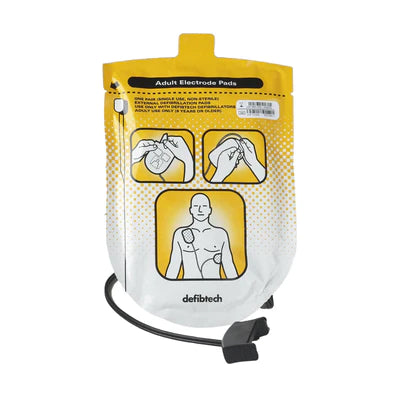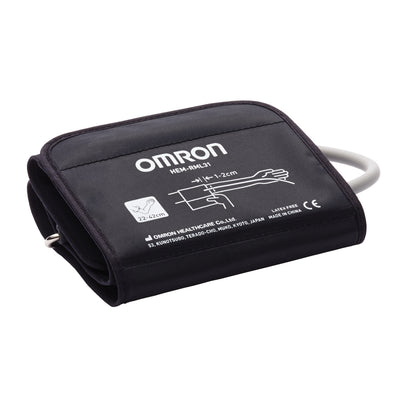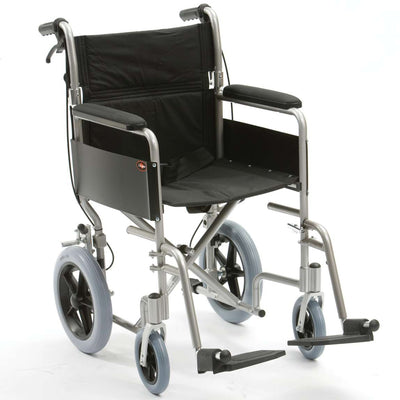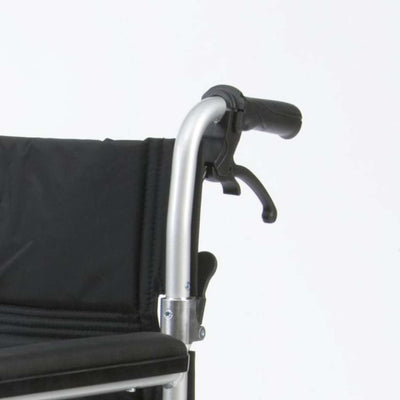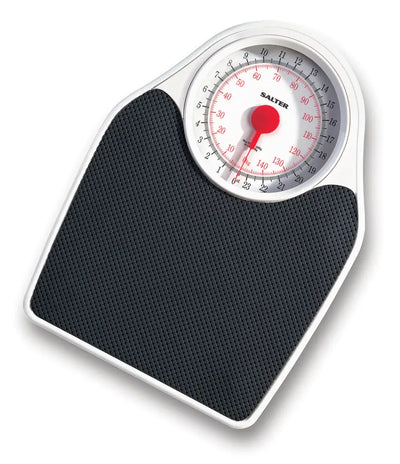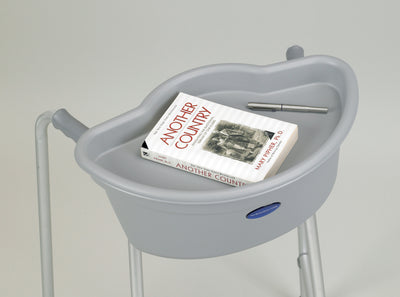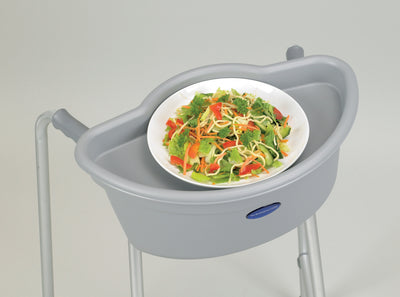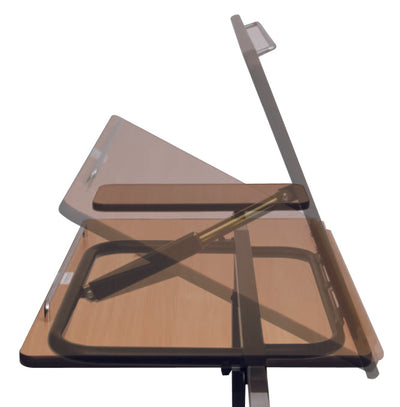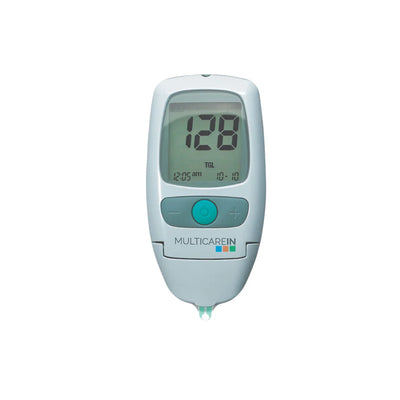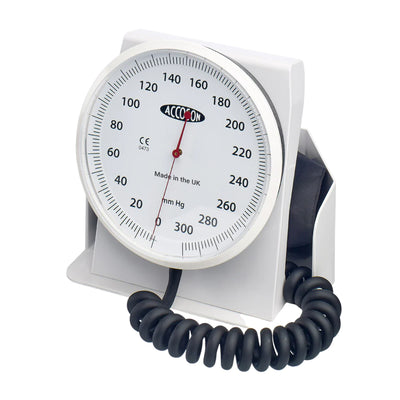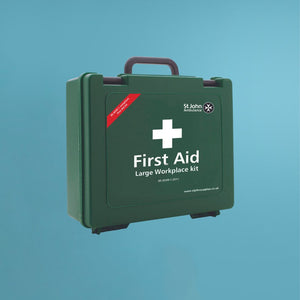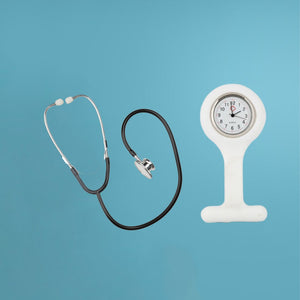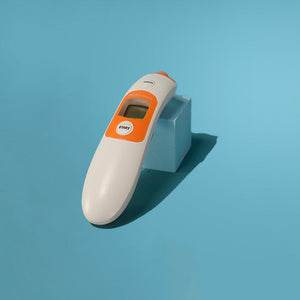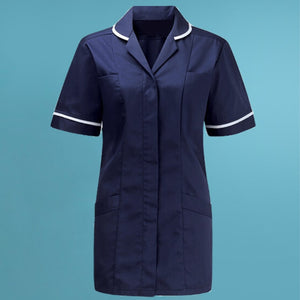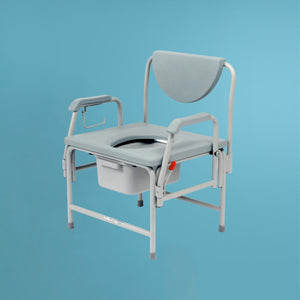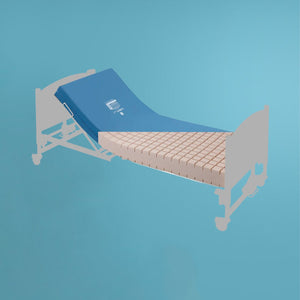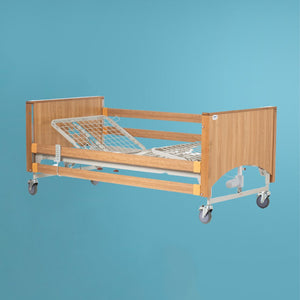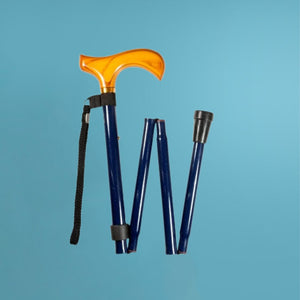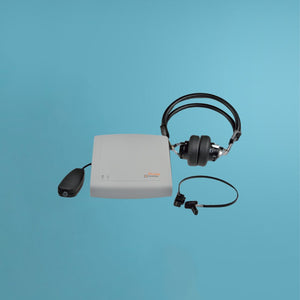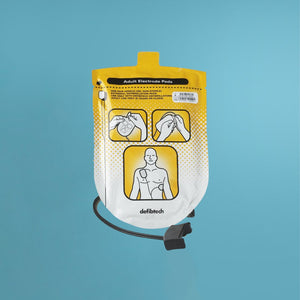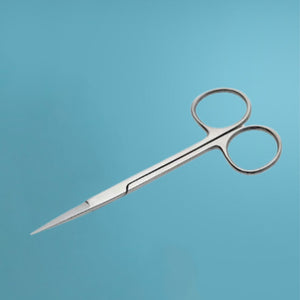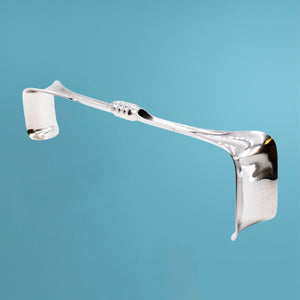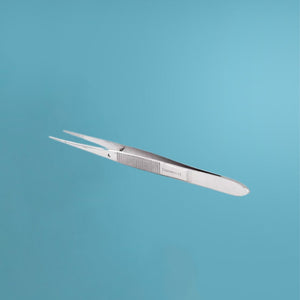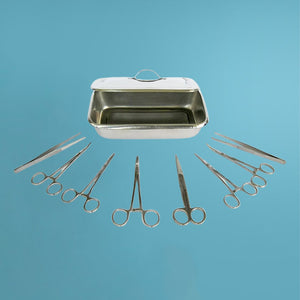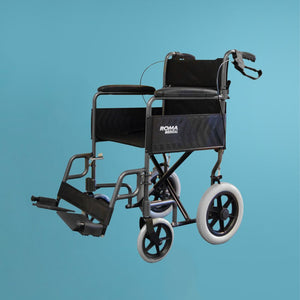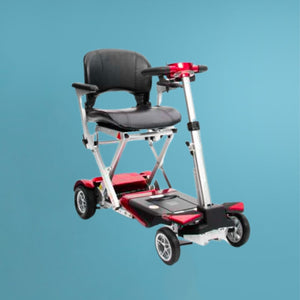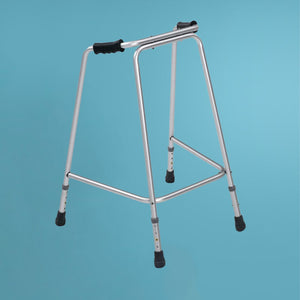An overview on the uses of a Stethoscope
In this section, we will review the many different sounds a health practitioner can look out for when using a stethoscope. Keep in mind that this is a general list that should be used as a guide only.
1. Diagnosing cardiovascular and respiratory conditions
-
A stethoscope is placed on the chest to listen to the sound of the heart beating and the lungs breathing.
-
Heart sounds, such as the "lub-dub" of the heart valves closing, can indicate the presence of certain conditions, such as a heart murmur, valve problems, or an irregular heartbeat.
-
Lung sounds, such as crackles or wheezes, can indicate the presence of conditions such as pneumonia, asthma, or chronic obstructive pulmonary disease (COPD).
2. Assessing blood flow through the arteries in the neck (carotid artery) or legs (peripheral artery disease)
-
A stethoscope is placed on the neck to listen for the sound of blood flowing through the carotid artery supplies blood to the brain.
-
By measuring the sound and the timing of the sound, a doctor can assess the blood flow and detect any blockages or narrowing of the artery, indicating an increased risk of stroke.
-
A stethoscope can also be used to listen to the blood flow in the peripheral artery of the legs, which can help identify peripheral artery disease (PAD)
3. Detecting fluid in the lungs (pleural effusion) or around the heart (pericardial effusion)
-
A stethoscope is placed on the chest to listen for abnormal sounds that can indicate the presence of fluid in the lungs (pleural effusion) or around the heart (pericardial effusion). The presence of fluid can indicate severe conditions such as heart failure, pneumonia, or cancer.
4. Identifying bowel sounds to assess intestinal motility
-
A stethoscope is placed on the abdomen to listen for the sounds of the intestines contracting and pushing food through the digestive system.
-
The presence or absence of bowel sounds, or changes in the normal pattern of bowel sounds, can indicate a problem with intestinal motility and may suggest conditions such as constipation, obstruction, or peritonitis.
5. Evaluating the function of heart valves
-
A stethoscope is placed on the chest to listen to the sound of the heart valves opening and closing.
-
By listening to the sound and timing of the valves, a doctor can evaluate the function of the valves and detect any problems, such as leakage (regurgitation) or narrowing (stenosis) of the valves.
6. Detecting murmurs and other unusual sounds that may indicate a problem
-
A stethoscope is placed on the chest to listen for any murmurs or other unusual sounds that may indicate a problem with the heart or lungs.
-
Murmurs, for example, can indicate problems such as a heart valve problem or anemia.
7. Assessing lung expansion and breathing patterns in patients with lung disease
-
A stethoscope is placed on the chest to listen to the sound of the lungs inflating and deflating.
-
By assessing the sound and pattern of breathing, a doctor can determine if there is a lung problem, such as emphysema or asthma.
8. Performing a diaphragm test to evaluate for diaphragm paralysis
-
A stethoscope is placed on the chest to listen to the sound of the diaphragm, the muscle that helps a person breathe, moving up and down.
-
By assessing the sound and movement of the diaphragm, a doctor can determine if there is a problem with the diaphragm, such as paralysis, which can make breathing difficult.
9. Listening to the fetus’s heartbeat during pregnancy
-
A stethoscope is placed on the mother's abdomen to hear the heartbeat of the fetus’s heartbeat.
-
By listening to the heart rate, a doctor can assess the fetus’s health and ensure that everything is generally progressing during the pregnancy.
10. Checking for blood pressure by listening for the pulse in the arteries
-
A stethoscope is placed on the artery, usually the brachial artery in the arm, to listen for the sound of the pulse.
-
By using a blood pressure cuff to occlude the artery and measuring the timing of the sound, a doctor can calculate the systolic and diastolic blood pressure.
11. Monitoring breathing rate and pattern to diagnose certain conditions
-
A stethoscope is placed on the chest to listen to the sound of the lungs inflating and deflating and the rate and pattern of breathing.
-
By assessing the sound and pattern of breathing, a doctor can determine if there is a lung problem, such as asthma or chronic obstructive pulmonary disease (COPD).
12. Checking for abnormal sounds in the abdomen
-
A stethoscope is placed on the abdomen to listen for any abnormal sounds that may indicate a problem with the organs or digestive system.
-
Abnormal sounds such as gurgling, high-pitched noises, or absence of bowel sounds can indicate issues such as obstruction, peritonitis, or constipation.
13. Listening for bowel sounds to indicate proper digestion
-
A stethoscope is placed on the abdomen to listen for the sound of the intestines contracting and pushing food through the digestive system.
-
The presence or absence of bowel sounds, or changes in the typical pattern of bowel sounds, can indicate a problem with intestinal motility and may suggest conditions such as constipation, obstruction, or peritonitis.
14. Diagnosing ear infections by listening for fluid buildup in the middle ear or other abnormalities in the ear canal
-
A stethoscope is placed on the ear canal to listen for any fluid buildup in the middle ear or other abnormalities in the ear canal.
-
The presence of fluid or other abnormalities can indicate an ear infection or other ear condition.
15. Checking fetal heart rate during pregnancy to monitor the baby's health.
-
A stethoscope is placed on the mother's abdomen to listen to the sound of the fetus' heart beating.
-
By listening to the heart rate, a doctor can assess the fetus’s health and ensure that everything is generally progressing during the pregnancy.


